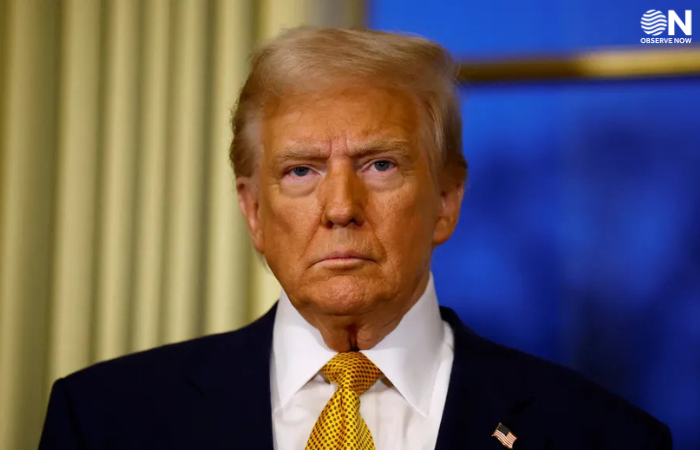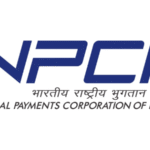Trump’s 25% Tariff on India Triggers Market Turbulence and Growth Uncertainty

A surprise announcement from the U.S. President Donald Trump imposing a 25% tariff on Indian imports, coupled with unspecified penalties tied to India’s energy and defense agreements with Russia, sent shockwaves through Indian markets on Thursday. Investors are bracing for sustained volatility and a potential slowdown in export-led growth.
India’s benchmark equity indices slipped by roughly 0.6%, as both the Nifty 50 and BSE Sensex reeled from the unexpected policy shift. Concurrently, the Indian rupee tumbled to around 87.74 per U.S. dollar, nearing its five-month low before stabilizing through likely central bank intervention. Analysts say levels above 88.00 will come under close scrutiny.
Experts estimate the tariffs could shave off between 30 and 40 basis points from India’s GDP growth for fiscal 2025‑26, depending on the duration and scope of the penalties. A downgrade in growth forecasts is now under review at ICRA, while institutions like EY, Barclays, and Grant Thornton warn of trade risks that could dent investment and competitiveness.
Export-driven sectors such as pharmaceuticals, textiles, gems, and auto components are expected to bear the brunt. Major pharma stocks including Sun Pharma, Dr. Reddy’s, and Biocon declined by up to 3% as investors reevaluated exposure to U.S. markets. Textiles and jewelry exporters also face a competitive disadvantage as Vietnam and Bangladesh emerge with lower tariff burdens.
Trade discussions between India and the U.S. remain ongoing despite the announcement. Trump indicated negotiations would continue through early August, cautioning that tariff levels could be adjusted before taking effect on August 1. Sources suggest tariffs on other countries, such as South Korea and Vietnam, were set at lower rates, making India’s stance more severe.
Domestically, opposition parties seized the moment to criticize the government, with parliamentarians calling the development a diplomatic setback and demanding government officials brief lawmakers on the potential economic fallout. Market sentiment has shifted sharply. After fourteen of the previous fifteen trading sessions saw foreign portfolio investors as net sellers, many are now awaiting clarity on a trade deal before resuming investment. A near-term pullback is expected in sectors most exposed to U.S. demand.
That said, some industry observers believe the situation could stabilize if a bilateral agreement is finalized. India’s deep trade ties with the U.S.—strategically important amid global realignment—suggest potential for resolution. Seasonal domestic demand and policy responsiveness may help cushion impacts. In the long run, exporters may need to rethink supply chains and pivot to alternative markets. India’s manufacturers, particularly in labor-intensive categories, may struggle to maintain competitiveness if tariff parity is not restored.
















